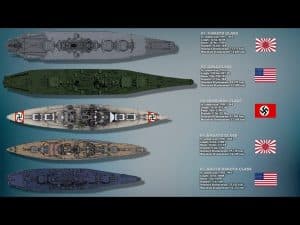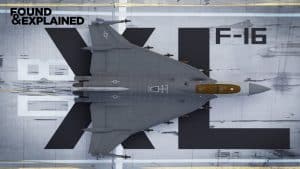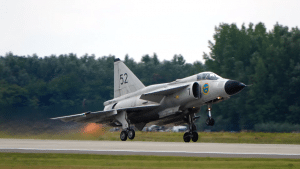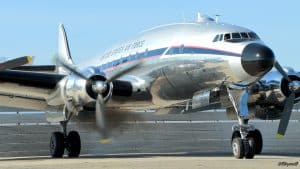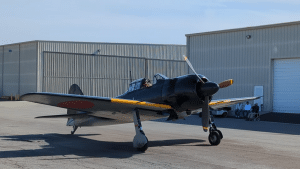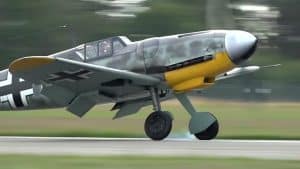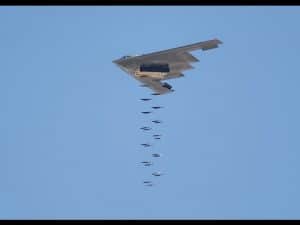How Common Was Friendly Fire Among Bombers in WWII?
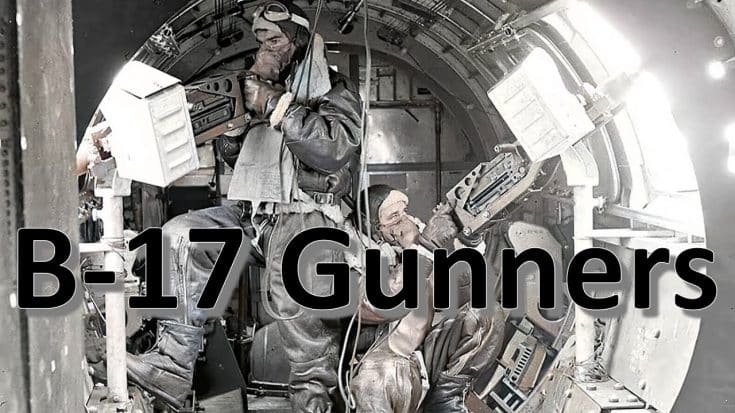
YouTube / WWII US Bombers
How often do bomber formations fire on other bombers during combat missions? As we know, bombers flew in a tight, well-disciplined formation, and these formations were modified throughout the war to address ever-changing German tactics and threats.
Main Objective
The main goal of formations is to deliver a concentration of bombs on the target. It also must allow flyability, while the spacing and stacking of bombers are arranged to reduce pilot fatigue.

The lead plane picks a formation speed, altitude, and course. To maximize coverage, the bombers need to drop their bombs in formation at the right time.
Ideal Formation
The best formation against enemy aircraft would be bombers stacked on top of one another – but this was challenging to pull off.
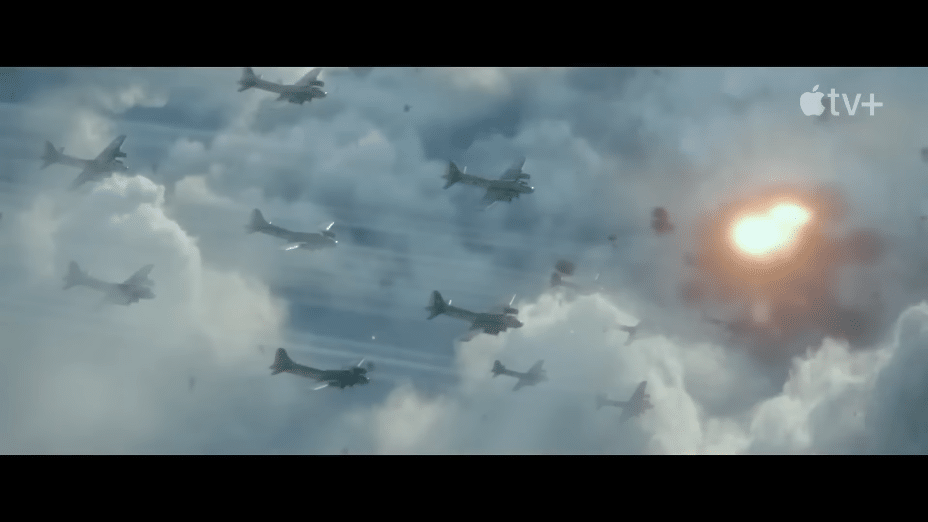
600 yards was the maximum effective distance for flexible and iron-sighted machine guns. All of the gunners in the formation are within the effective range and the lethal range of these guns. These were also spaced so that rounds from one formation would not hit adjacent formations.
Aircraft sighting and recognition were stressed on the gunner’s training syllabus. B-17, B-24, and B-29 turrets also have fire interruptions to keep you from shooting your own airplane.
Friendly Fire Data
According to the data, 50-caliber friendly fire machine gun damage accounts for 2% of bomber damage, and self-inflicted machine gun fire accounts for 1.4% of the damage.

The report also states that when enemy opposition is heavy, up to 20% of all machine gun hits are either from self-inflicted or friendly fire.
For instance, a significant source of self-inflicted damage comes from waist gunners shooting their own horizontal stabilizers.
The likelihood of a friendly fire from escorts is remote. Although they flew within the lethal range of the formations they escorted, fighters would usually engage enemy planes before the bomber interception.

In summary, friendly machine gun fire accounted for a small percentage of either airframe damage or crew member casualties. This data is based on returning bombers, so there’s some survivor bias built on the values.












